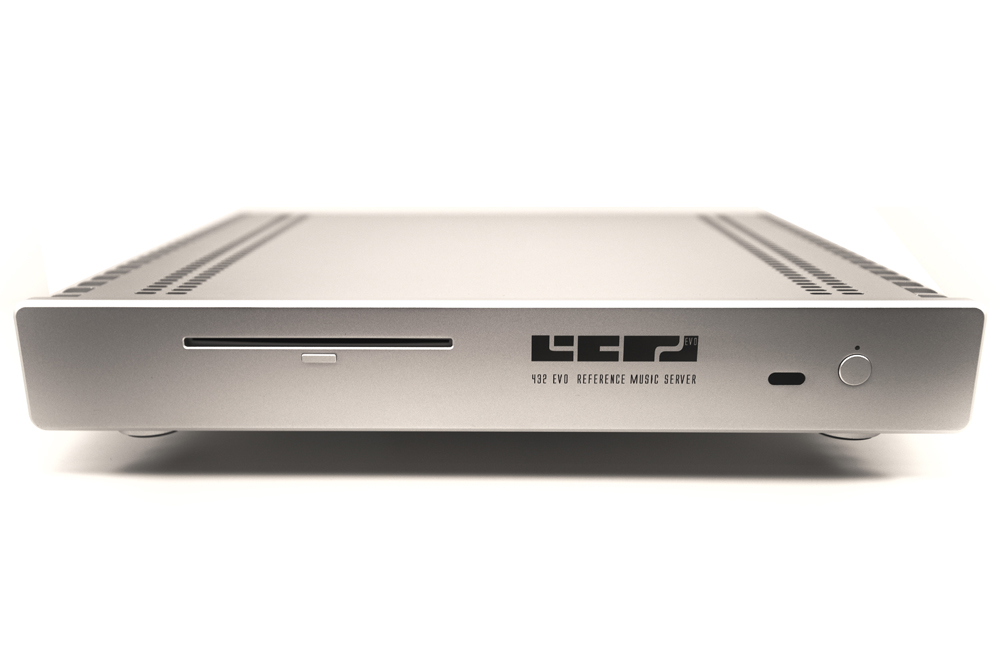432EVO is an imaginative and inventive audiophile music server brand founded in Belgium in 2013 by parent company Klinkt Beter. It was considered that music servers of the era were inadequate – Klinkt Beter wanted to do… better. 432EVO products are designed by Frederic Vanden Poel who was intrigued by 432 Hz tuning, so he decided to create a better music server with that tuning in mind. Frederic has been researching, designing and improving 432EVO’s range of dedicated music servers since 2015. 432EVO claims that 90% of listeners prefer music playing in the 432 Hz tuning over the tuning all other music servers use (much more on this later). Listeners felt it gave a more relaxed and natural presentation.
Do you compute?
The subject of this review is the 432EVO High-End Music Server (herein called the EVO). Music servers are of course, computers under the hood. But they have the edge over your usual computer audio in that they are purpose-built for the indexing, displaying and rendering of music files to your DAC in a format that your DAC can directly understand. Most desktop/laptop computer manufacturers do not design or build with high-quality audio in mind – they build to give the best computing power and speed at a set price point, and may well build with a parts quality that “just” satisfies their criteria.
Music servers like the 432EVO High-End Music Server are purpose-built for music. They eliminate the many dozens of unrequired services running in the background that would be the norm in a usual computer. And they use a quiet linear power supply rather than the low quality noisy SMPS in your home PC. All those features reduce electrical noise. You can hear that noise and grunge unwittingly singing along with the music. And of course, music servers are built with the ultimate goal of limiting jitter as much as possible.
The benefits you can expect to hear from a proper music server are a more relaxed, clean and organised gestalt of your music. You like it quiet when you play your music – the EVO will help give you peace.
So, what’s this 432 Hz tuning thing?
To understand that, we need to start with some background [paraphrased from Wikipedia and the 432EVO website content]. The musical note of A above middle C is the general tuning standard for musical pitch. It generally serves as the audio frequency to calibrate acoustic equipment and to tune pianos, violins and other musical instruments. Although it is not universally accepted, A above middle C is widely taken to be 440 Hz (also known as the Stuttgart pitch). In the distant past, the A tuning pitch varied wildly over the centuries, and was often different within the same city let alone the same country. Interestingly, it is believed that instruments like Stradivarius violins were built to be tuned to A=432 Hz (also known as the Verdi pitch).
What the EVO does is transcribe the music on-the-fly to the slightly lower A=432 pitch, with no loss of resolution and no degradation of signal. So how does it do it…? Frederic explains…
We don't use the typical pitch shift method, which lowers the pitch and keeps the duration of the track identical as the original. We tried this method years ago and it sounded fake with acoustical music. We do the same as a record player but to pull this off, combined with upsampling in an elegant way, was the challenge which we solved. So instead of pitch shift the EVO does rate shift, which lowers the pitch, but also increases the duration of the track accordingly. This is the only way nothing is lost. This method was even field tested on a band's first album (Jazz Profilactika’s debut album titled Tick Tock).
He then added…
The EVO does not know what frequency the source material is in, so setting the ‘From: 440’ and ‘To: 432’ will result in the correct adaptation for 440 Hz based music, but when the music is already in 432 Hz (which does not happen a lot), then set ‘From:’ and ‘To:’ to both 440 which means the EVO will upsample only and not change anything [regarding] tempo/speed etc.
This rate shifting is a heavy processing requirement, so this is the perfect segue into this next section. Yes, the EVO does necessarily have some serious computing power… Quad core, 8 GB memory, 64-bit processing and two outboard SBooster “BOTW Power & Precision ECO Mk2” linear power supplies; one 7V for powering the built-in SoTM USB card, and one 9-12V for powering the remainder of the EVO box. No doubt these extensive power supplies lift the sound quality immeasurably.
The EVO can run Roon and Logitech Media Server (LMS). All current shipments include a Roon installation (sans license). Note that the EVO is not “Roon Ready” – it runs the Roon Core so you get the advantage of the metadata and Roon presentation layer, but the Roon rendering cannot be used. Instead, the rendering is done with 432EVO’s own proprietary “SQi” renderer and upsampler. It is this SQi renderer that gives you the 432 Hz tuning, but in reality, the SQi renderer is used for all “A” tuning frequencies. You can easily switch between Roon and LMS within about 10 seconds.
The EVO also has an upsampling process which offers 10 selectable filters including its new Archimago stage filters. The many different tunings work with any music the EVO can play, independent of the source – Tidal, Qobuz, Internet Radio, files, etc., and any other service that has an LMS plug-in.
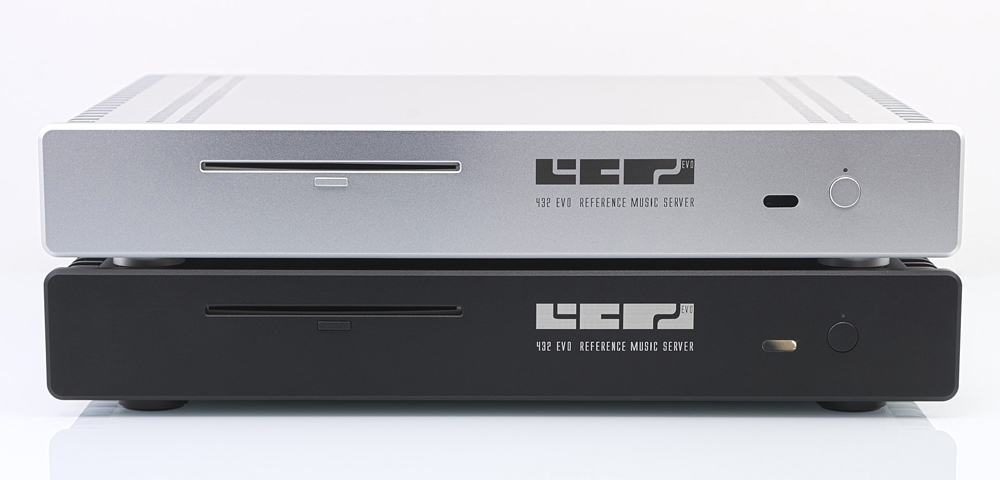
On-board as standard is a single 2TB ultra low-noise hard disc which can be upgraded to one or two SSD discs (SSD can be 2TB or higher capacity as required). The discs are spring mounted to reduce vibrations. It also utilises SSD caching, SATA noise filtering and SATA protocol tweaking for lower EMI.
The EVO can be connected directly to a DAC via USB and HDMI (supports I2S protocol). The EVO does have an Ethernet connection, but this is for collecting metadata when ripping a CD and also for upgrades and support issues. The EVO will not send your music to a network device via Ethernet. If your device/DAC does not support USB then you’ll need to use a USB convertor.
The underlying software used in the EVO is Vortexbox, which is a Fedora-based Linux distribution kit that provides tools to allow the designer to create a music server. It is my experience that many music servers use some derivative of Linux, perhaps to take advantage of tools like Vortexbox. However, a growing number of music servers now run Windows.
All popular file formats are supported. The EVO can play any file in PCM up to 24/768 when configured to play A=432 or A=440. When playing to standard A=440, you can play DSD up to DSD256 via DoP. When playing to A=432, you can play DSD up to DSD256 but it is output as PCM.
The EVO provides a built-in high-quality Teac disc ripper. Note the Teac device cannot be used to play CDs. As you would expect, the ripped copy is “bit-perfect”. Ripping of a 50-minute CD takes approximately 15 minutes – it is somewhat slow due to extensive error checking.
Getting music into the EVO is simple. If you use the EVO ripper then it will automatically add the music files to your library and update the indexing for LMS – Roon will update automagically as it is always monitoring in the background for library changes. You can also map to the EVO library from a computer on the network and then copy files to it. When you are done, you need to use the Vortexbox “webinterface” to trigger the search and re-indexing of your library for LMS. Again, you need to do nothing for Roon as it will update automatically. This is all explained in the extensive documentation. That said, some people may have difficulty initially with some of the setup and configuring so you may have to rely on your retailer for support.
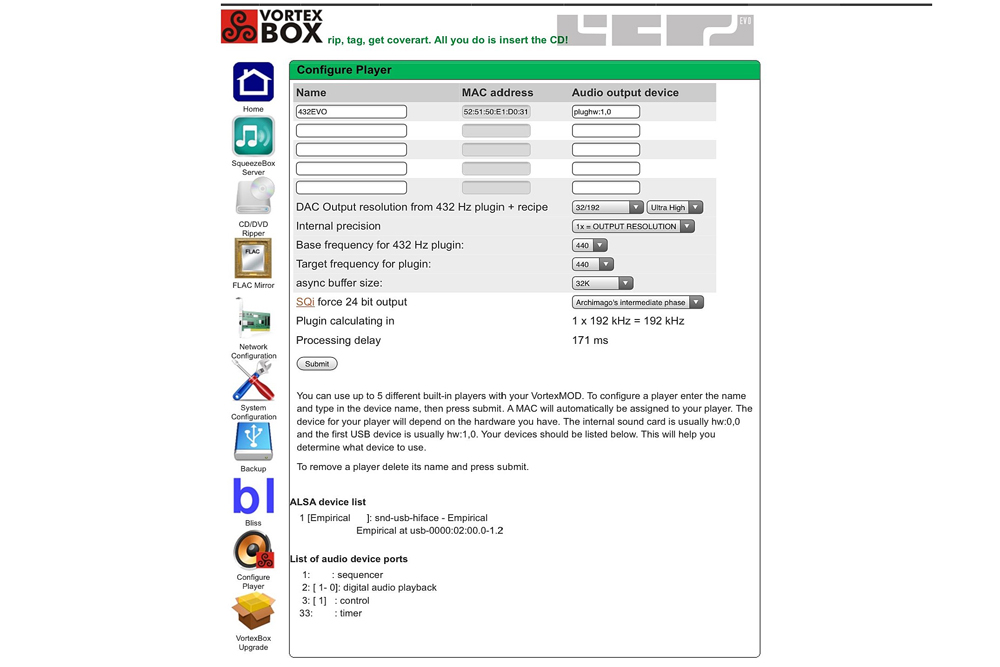
You’ll also need a controller to view your library and select your music. This can be the Logitech Squeezebox controller (for android and Apple), iPeng (Apple only) or Squeezepad (Apple only). Other apps may be usable, but they must be Logitech compatible apps.
The EVO can be ordered in either black or silver. The server itself is 435 mm wide by 325 mm deep by 60 mm high, and weighs 5 kgs. The SBooster power supplies are (each) 130 mm wide by 240 mm deep by 75 mm high, and weigh 1.85 kgs.
Lastly, the EVO now comes standard with both Roon and the Logitech Media Server (LMS) installed. However, you will need your own Roon licence if you wish to use Roon. The EVO High-End server can be upgraded to the EVO Aeon or EVO Master model.
The Review Setup
My own music server at present is a Mac Mini i7 with 16 GB memory with all non-essential services shutdown. It runs Roon Core which then talks to the RAAT on a Trinnov Amethyst processor/preamplifier via ethernet. The Amethyst is required to correct some room modes and phase issues in my dedicated room. I prefer it rather than using the DSP in Roon (and I then benefit from that when playing other sources as well).
Neither my Amethyst nor my DAC accept USB input, so I had to source a USB convertor for the review period. I tried two different USB convertors: the Empirical Audio Off-Ramp 5 and the Kitsune modded Singxer SU-1. My thanks to George Fracchia of ZenSati Australia for the loan of the Off-Ramp, and to Dietmar Gsell in New Zealand for the loan of the Singxer SU-1. Input into the USB convertor was via an optical USB cable (yes, optical USB). This optical USB cable is a ZenSati Australia produced cable, a “Speed of Light” proprietary GF cable. It can handle any sample rate and bit depth. Output from the USB convertor was via a Nordost Tyr 2 AES-EBU cable into the Amethyst. The Amethyst was connected to my DAC via a sILENzIO S/PDIF cable. My music controller for much of the review was the iPeng Apple controller on an Apple iPad. Other details of the system can be found at the end of the review.
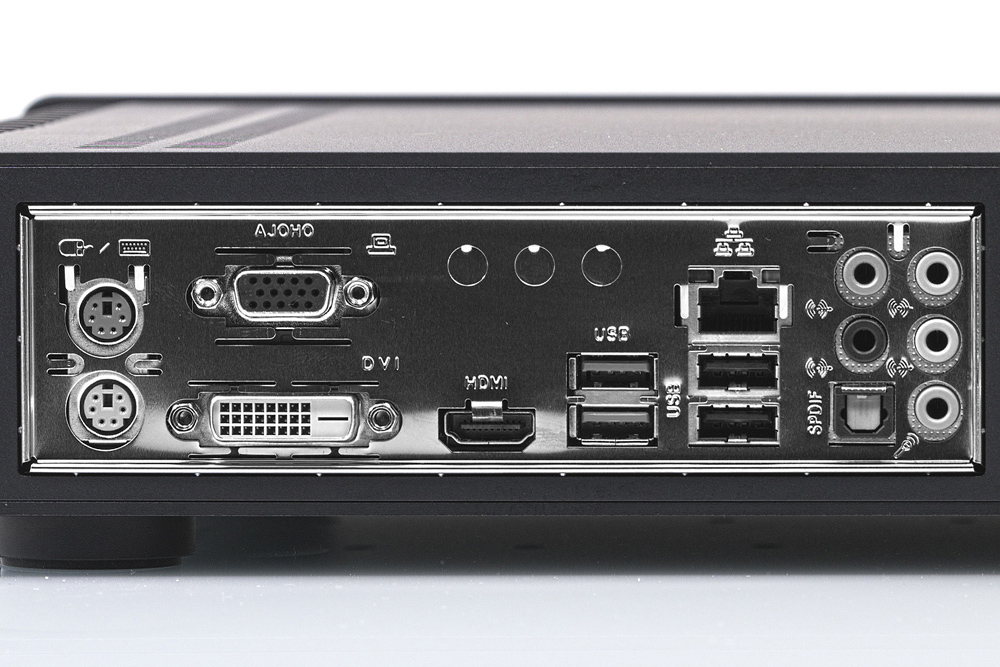
The focus of the review was the EVO of course, not the USB convertor. So, I initially had to decide which USB convertor I would use for the duration of the review. After much listening to both, I chose the Empirical Audio Off-Ramp 5. Both convertors were quiet and allowed comparable levels of detail to come through, but the Off-Ramp offered a smoother presentation without sacrificing anything the Singxer SU-1 offered. Over the period of the review I did switch occasionally but I always came back to the Off-Ramp USB convertor. All comments below regarding sound quality are in the context of the Off-Ramp unless stated otherwise.
Tuning in to A=440Hz
I decided I’d initially listen to the EVO with the A=440 tuning because this would be the tuning I’d be most familiar with. That would give me a good idea of what the standard EVO provides. And I initially listened to music upsampled to 192 KHz, but then also lots of music with the upsampling disabled. As some people have said (they will go unnamed), upsampling isn’t always the panacea to improve sound quality – it improves the sound if it’s done properly. I’m happy to say that I believe the EVO does it right.
The Chris Jones album Roadhouses and Automobiles must be considered a modern-day classic by now. The presentation of the title track through the Mac Mini and the EVO (A=440) was more similar than hugely different. But the differences that were there were significant. Tonally, the guitar sounded similar, the voice sounded similar. But the guitar sounded more real, present and clear through the EVO. Perhaps some of the differences were differences in timbre – the quality that allows you to distinguish an oboe from a clarinet playing the same pitch and loudness… perhaps that just made Jones’ Gallagher guitar sound more like it should. The voice had slightly less ‘chest’ through the EVO which allowed me to hear more detail around the same frequencies. The very low-level detail like the frequent foot taps and the birds came through in a similar manner through the EVO and the Mac Mini.
Overall, the EVO was somewhat cleaner and less congested, more open and free flowing. It was less thick/heavy sounding (particularly in the upper bass/lower midrange), somehow lighter sounding and faster without sacrificing body, tone or colour. And the soundstage it threw was bigger, slightly deeper and more coherent than the Mac Mini. That proved to be a re-occurring theme throughout my listening.
Playing the Sara K Hell or Highwater title track once again illustrated that the Mac Mini was less natural sounding, and it exhibited some glare and hash on guitar and vocals. The flute and recorder were more natural through the EVO, in fact, it was easier to hear the distinguishing timbre of the recorder – what I had always thought was a flute in places proved to be the recorder instead. I could also hear the recorder player taking deep breaths.
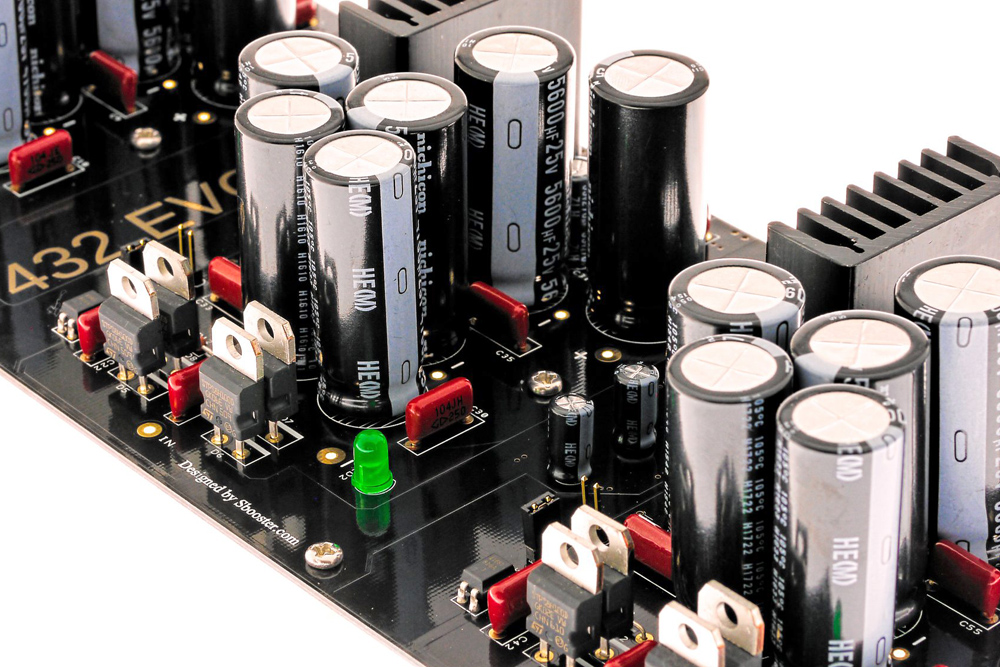
I then listened to the Ben Webster Meets Oscar Peterson track “The Touch of Your Lips” (24/96). Through the EVO there was a greater sense of depth of the cymbals, and the wood on metal sounded more natural. Piano was a bit purer and less tinkly through the EVO. Webster’s tenor sax had slightly less body through the EVO, but the result sounded just as credible. The openness and transparency were excellent.
In my preparation for the A=432 listening, I listened to “Romanze” from Evgeny Kissin’s rendition of Mozart Piano Concerto No.20 in D minor K466 from his album Mozart Piano Concertos 20 & 27. With the upsampling disabled, the EVO rendered the violins with a bit of edge, separation of instruments was good, the piano stood out but strings and other instruments felt constrained. With the upsampling enabled (using Archimago Intermediate setting, 192 KHz), the EVO rendered the violins with a more silky feel, the staccato of violins was more natural and the piano was more pure. The bass instruments felt a bit more strong and real as well.
When I first heard the sound quality differences (the EVO compared to my Mac Mini), I was wondering whether part of that was the benefit of upsampling in the EVO, and/or perhaps the benefit of the EVO’s proprietary SQi renderer over the Roon renderer. I wasn’t able to be 100% certain of that. But I do suspect the magic is in the SQi renderer.
Tuning in to A=432Hz
After many days of listening to A=440, I was confident I had a good handle on what the EVO was offering. It was time to tackle some A=432 music. At this point, I also decided to do most of my remaining listening with upsampling to 192 KHz turned on (using the Archimago Intermediate setting), simply because it consistently sounded better than when disabled.
There have been many articles and studies done into A=432 tuning. I admit that initially I assumed it was likely more beneficial for classical music, but in actuality, it may benefit all genres of music. That said, my own tuning preferences varied depending on what I was listening to. In short, I don’t believe you can make a blanket statement and say that the 432 tuning is best full-stop. It depends… let me elaborate.
My initial track was the above-mentioned track “Romanze” by Evgeny Kissin. The sound quality was similar to what I heard with the upsampling turned on, but with an overall softer presentation. Violins had even less edge, the overall soundstage was perhaps bigger and deeper but felt slightly more recessed, the bass instruments were still strong, natural and real.
The Mozart Requiem (24/192) track “Sequence No. 1 Dies Irae (Chorus)” by the Stockholm Conservatory Orchestra and Choir of St. Jacob proved even more enlightening. Whereas the voices were somewhat brash and forward with the A=440 tuning, they were more relaxed and set back into the soundstage with the A=432 tuning. The trumpet (at about 0:36 and 1:17) sounded more brassy and real at A=440, but more relaxed at A=432. Which is more accurate to the recording, I really don’t know. But I did prefer the A=440 tuning for the trumpet… and the A=432 tuning for everything else!
So, it was time to test something “heavier” and more forceful. I played the track “White Trash Princess” by Anthony Gomes from his album Peace, Love and Loud Guitars (24/44.1). As expected, the sound was more forward and a smidgeon louder sounding at A=440 – it also had more punch and energy and better articulation in the bass. Instruments and voices were slightly more distinct at A=440, possibly because the soundstage was slightly more forward. The A=432 tuning was more subdued, more “easy” to listen to, but less… fun. In spite of this being a modern-day Blues-Rock album, the sound is surprisingly good. Some less well recorded Blues-Rock music may well sound better with the A=432 tuning.
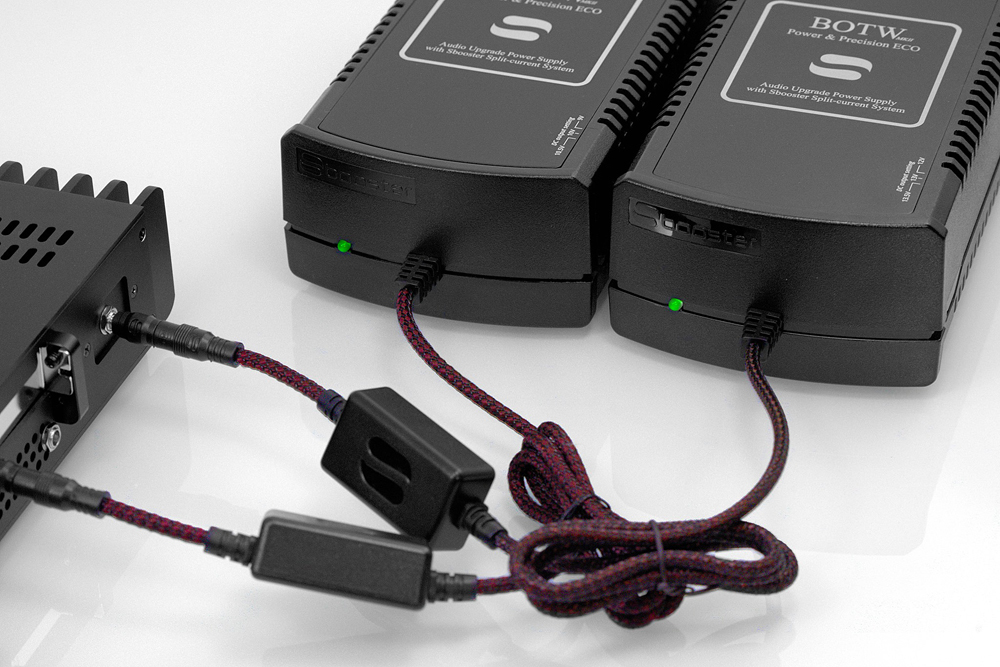
After a short break I listened to some folk music courtesy of Keith Greeninger and Dayan Kai from the Blue Coast Collection remastered album (24/96). The two songs were “Looking for a Home” and “Immediately Blessed”. However, after my break I’d forgotten which tuning I had left it in. I took the opportunity to listen and guess. After just a couple of bars, I was certain it was the A=440 tuning. I checked, and yes, it was. I sensed it mostly because of the guitar of Greeninger – it had more air, more zing, a more real “fingers on strings” sound. Again, you might listen and prefer the A=432 tuning, it was also very good but different, again more subdued. With the A=440 tuning, I also felt his guitar was more in balance with his voice, and his gentle foot stomps more distinct (less of an annoying distraction).
Yes, the A=432 tuning imparted a certain feel-good glow to music, especially music with vocals, piano and strings. Decay and sustain was good at both A=440 and A=432. If I had to generalise and say which was better it would likely be the A=432 tuning. However, instruments like guitars (acoustic & electric) sounded better to my ears in the A=440 tuning. That is likely due to the transient snap that A=440 gives – it imparts that zing and air better to my ears. As well, I felt that bass was more nimble and articulate at A=440.
I do think it’s great that you have the option of choosing one of a variety of tunings that you prefer with a particular album. That is something very new to audiophiles. But perhaps that should be considered more a feature than a “must have”. I’ve no doubt there will be many that love the A=432 tuning and leave it there all the time. There is no definitive right and wrong here, there’s just preferences. So… YMMV!
About that ripper…
I put three different ripped instances of the Chris Jones album Roadhouses and Automobiles on the EVO. The first instance was ripped on the reasonably expensive dedicated Melco D100 ripping device, another was ripped by the EVO’s own Teac ripper and the last was ripped by dBpoweramp on my Windows computer. The Melco and EVO ripper both create bit-perfect copies – the dBpoweramp website says nothing of bit-perfect copies, but presumably they are due to their use of AccurateRip. All sounded very good as you’d expect from a well-recorded Stockfisch recording. But both the Melco and EVO Teac sounded better than the dBpoweramp rip, which exhibited edgy tones and an excessive muddy bloom in comparison. It was a close battle between the remaining two, but after many listens I ultimately sensed the Melco offered a slightly earthier presentation, slightly tighter bass and a smidgeon of something I’d just have to call purity, rightness. However, the EVO’s own built-in Teac ripper can hold its head high, it did an excellent job especially when you consider the dedicated and separate Melco ripper costs just under AUD 2K.
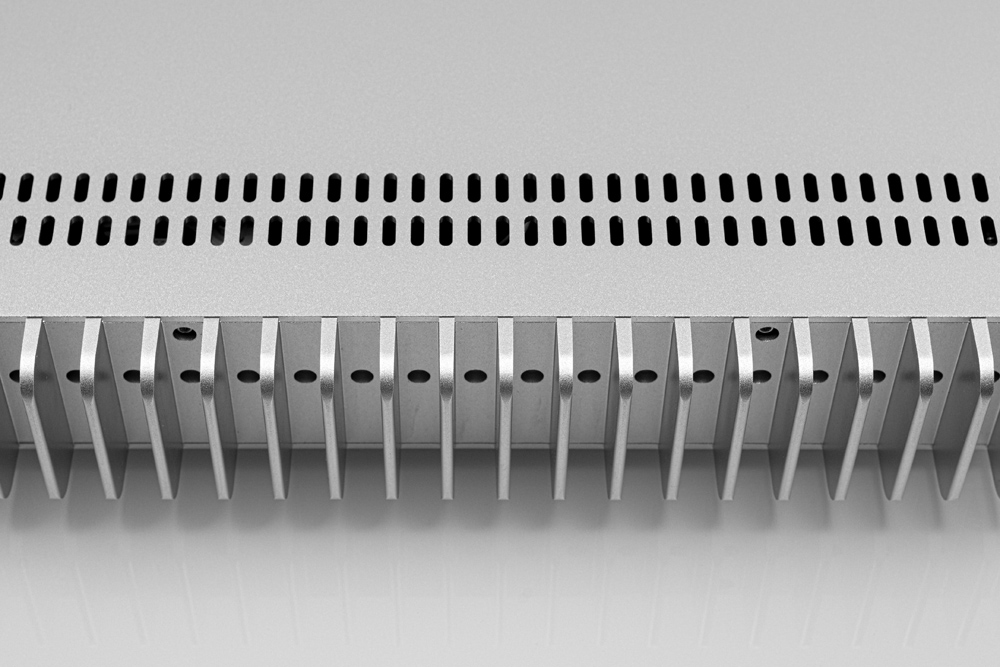
Roon vs LMS
When I first received the EVO, it had no Roon licence. So I did much of my initial listening via LMS. I didn’t consider this a major set-back, largely because I believed the back-end processing/rendering would play a far bigger factor in the ultimate sound than the UI you use to select that music. And as I said above, both Roon and LMS tie into the EVO’s back-end SQi renderer for the upsampling and rendering, so in theory they should sound quite similar.
So… did they? Well, not exactly. The differences were largely spatial. On “Draw Your Swords” by Angus and Julia Stone on their album Down the Way, the sense of depth into the soundstage was slightly better through LMS, and there was less sibilance, more realism in the snare, and better kick in the kick drum at the end of the track. LMS presented a slightly less bottom-up, heavy balance. Julia’s voice was airier in the background vocals. Overall, the soundstage was more coherent through LMS.
On the Keith Greeninger and Dayan Kai tracks (previously mentioned), LMS offered a better sense of depth. Roon sounded a bit flat sounding on the track “Blue Rondo a la Turk” on Dave Brubeck Redux by the L.A Network. And on the track “J.S. Bach - Sinfonia in G Major, Pastorale Sinfonia” on Alison Balsom’s album Royal Fireworks, the strings sounded more relaxed and less harsh via LMS.
All these differences were not night-and-day differences – at times I had to listen multiple times to identify them. You’ll likely be happy with either front-end.
Conclusion
The 432Hz tuning feature wouldn’t be worth much on its own if the 432EVO High-End Music Server didn’t sound good. But it did indeed sound excellent at all the “A” tuned frequencies I tried. In fact, it could be said that the 432Hz tuning is to music as the 528Hz miracle tone is to healing mind and body (just Google it!).
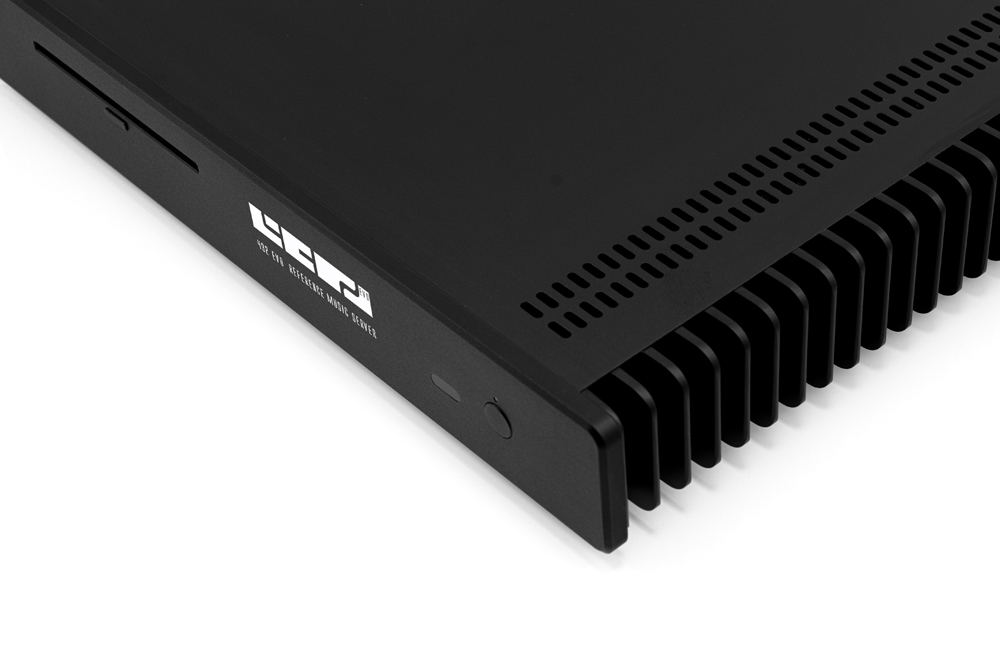
Compared to my Mac Mini, the 432EVO High-End Music Server was cleaner and less congested, more open and free flowing. It was less thick/heavy sounding, somehow lighter sounding and faster without sacrificing body, tone or colour. The soundstage it threw was bigger and more coherent than my Mac Mini.
The 432EVO High-End Music Server sound quality was superb, especially via LMS in my system. Yes, I’ve always known I could do better than my Mac Mini, however, good dedicated music servers can be expensive and other needs call for my funds right now. So… it may have to wait… a bit!
… Tom Waters
www.soundstageaustralia.com
Associated Equipment
- Speakers — PMC MB2 SE speakers with ANTICABLES Level 5 Signature jumper wires
- Amplifier — Mark Levinson 33H monoblocks
- Preamplifier — Trinnov Audio Amethyst
- Sources — Gryphon Mikado Signature CD Player, Mac Mini (running Roon Core), Weiss Medus Reference DAC
- Processor — Trinnov Audio Amethyst
- Cables — ZenSati #1 and #2 interconnects and speaker cables, sILENzIO S/PDIF, Nordost Tyr 2 AES-EBU, AudioQuest Vodka Ethernet cables, Nordost Tyr 2 power cords, Synergistic Research Hologram A and D power cords, ANTICABLES Level 3 Reference power cord, Nordost Purple Flare (Figure 8) power cords (for Mac Mini and router).
- Audio Rack — Schroeders and Schroeders, Symposium Ultra custom-made amplifier stands
- Miscellaneous — Nordost Quantum QX4 line purifier, Nordost Quantum QV2 AC line harmonizers, Nordost Quantum QK1 AC Enhancer, Nordost Quantum QB8 power distribution, dedicated 20 amp power lines, Symposium Rollerblock Jr isolation footers, Symposium shelves, Vicoustics bass traps and diffusers, RealTraps bass traps.
432EVO High-End Music Server
Price: AU$7500
Warranty: One Year
Australian Distributor: Radiance AV
+61 2 9659 1117
www.radianceav.com.au
Klinkt Beter & 432 EVO Headquarters
Blauwe Paal 459230
Wetteren, Belgium
+32 473 79 36 91
www.432evo.be
